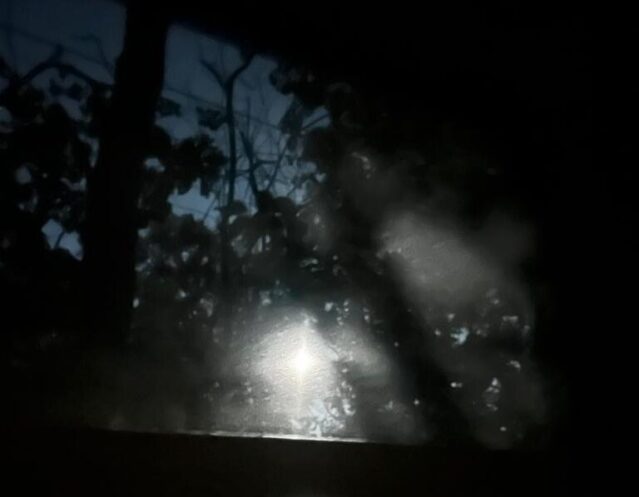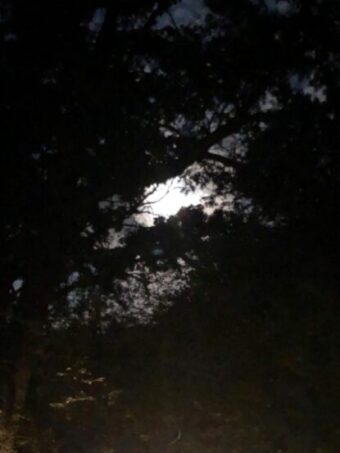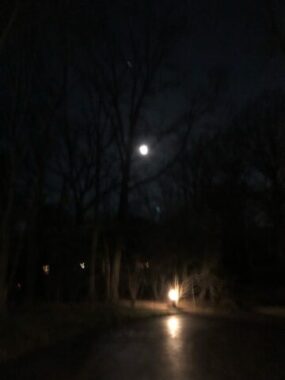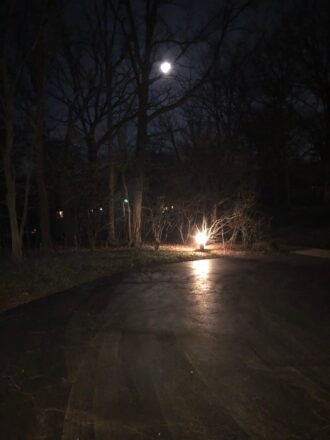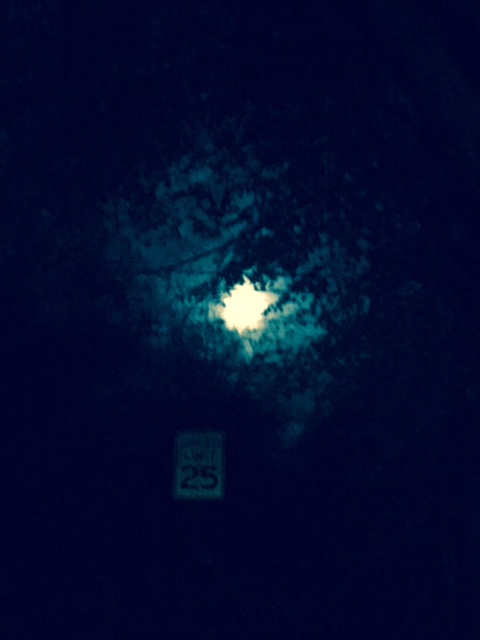
If you noticed the moon looks brighter, closer and fuller even on June 19, two days before it’s full, you are right.
The June full moon will appear at 8:08 p.m. CT June 21, 2024 and will look extra-large because it is the lowest full moon we have seen in years. It’s just an illusion.
Also, because it is low it will appear more reddish orange due to the atmosphere and not because it is called the Strawberry Moon. That name recognizes the fruit that is often ripe about the same mid-June time. Other names are rose moon, honey moon, mead moon, berries ripen moon, planting moon and green corn moon.
After sunset, look southeast to see it rise over the horizon. For the time it rises locally see Full Moon Calculator.
In addition, the June moon is special this year because it happens at the same time as the summer solstice, when we in the northern hemisphere experience the longest day.
For more information visit Old Farmer’s Almanac and Time and Date and June Solstice 2024: Shortest & Longest Day of the Year (timeanddate.com)

